The Journey to Comprehensive Learner Record: A Case Study of CLR Embedded Assessment in Nursing Education
Similar to many professions, nursing leaders have been increasingly concerned about a preparation-to-practice gap because the traditional approach to education does not effectively prepare nursing students to provide safe, high-quality care in the high-paced, rapidly evolving, increasingly complex healthcare system. As a result, the profession is in the midst of a radical transformation in the way we educate and prepare our students for the workforce. The American Academy of Colleges of Nursing (AACN, 2019), and other professional organizations, have led a change from traditional lecture-based learning, focused on learning concepts, to experiential learning linked to competencies that emphasize high-level cognitive skills. These skills are those needed to solve complex real-world problems. Academic leaders and faculty at nursing schools across the country are responding to this call by developing measurable learning outcomes and revising teaching pedagogies to support the achievement of competency-focused learning outcomes.
This radical transformation in our traditional approach to teaching requires an equally radical transformation in the way we assess, report, and share student learning. Traditional teaching relied on course grades, grade-point-averages, and transcripts that were designed to track a student’s progress through a lecture-based curriculum, but do not communicate competency or readiness for practice. Although a transcript does capture a student’s journey through a curriculum, and rates this journey as unsatisfactory, satisfactory, or excellent, it does not represent the student’s level of competence or readiness for practice.
Comprehensive Learner Record (CLR) is a dynamic skills portfolio designed to capture students’ progress in a wide range of activities, through graduation, and beyond. Students benefit directly because CLR brings coherence across courses, assessment, co-curricular, and extracurricular activities, capturing all achievements in their journey to attain and maintain competency. CLR provides data to guide instructors, advisors, and academic support teams. Finally, CLR empowers students to articulate achievements, backed up by rich evidence, to prospective employers demonstrating their readiness for the workforce.
Developing a CLR works best when designed around a learning framework that provides structure to align professional competencies, program learning outcomes, assessments, and both curricular and co-curricular learning activities. In nursing, the AACN (2019) has developed essential outcomes based on a consensus of competencies required for effective clinical practice.
At the University of Rochester School of Nursing, we used the AACN Essentials to frame our thinking as we began to pivot from an existing ePortfolio system to a CLR. We had developed an ePortfolio system recently, and this served as a foundation for our CLR. Faculty had already begun work on planning an ePortfolio system by beginning to develop signature assignments that allowed students to demonstrate their learning. Planning an ePortfolio helped us to gain a deeper appreciation for how students develop competencies as they progress through the curriculum.
Working from this foundation, our blueprint for developing a CLR included four steps:
- Develop competency-focused program learning outcomes. These outcomes are informed by the AACN Essentials and the mission, vision, and values of our school.
- Create a detailed curriculum map. A traditional curriculum map with little x’s and big X’s indicating which courses “cover” a given learning outcome is not sufficient. To guide a CLR, the map needs to align program learning outcomes not only to courses but also to course learning outcomes. All levels of a map need to be specific, measurable, and focused.
- Develop a program-level assessment plan. Working from a detailed curriculum map, program faculty work together to develop a plan on how learning will be assessed across a program. What key assignments will measure the outcomes? At what learning level? The assessment plan includes descriptions of these key assignments, as well as valid rubrics with items that are explicitly aligned to program learning outcomes.
- Connect these components into a CLR platform. Using the AEFIS platform, we have been able to add each of the above elements into a system that links each aligned element, from program learning outcomes, courses, course learning outcomes, assignments, and rubrics.
At this time, we are still in the process of developing the CLR across our programs. Although we have not “gone live” inputting student work into our CLR, we have found that even the preparation for a CLR has value. Baker and Jankowski (2020) noted that one of the major benefits of a CLR is that it helps schools increase the coherence of a program by more clearly articulating learning across a curriculum for all stakeholders. We are seeing this benefit occur even before the CLR has been fully implemented. Please take a look at our collaborative case study that takes a deeper dive into our journey to CLR.
References
American Academy of Colleges of Nursing (2019). AACN’s Vision for Nursing Education. AACN.
Baker, G., & Jankowski, N. A. (2020). Documenting Learning: The Comprehensive Learner Record. National Institute for Learning Outcomes Assessment.
National Institute for Learning Outcomes Assessment (2020). Communicating Value: A Comprehensive Learner Record Toolkit. National Institute for Learning Outcomes Assessment.
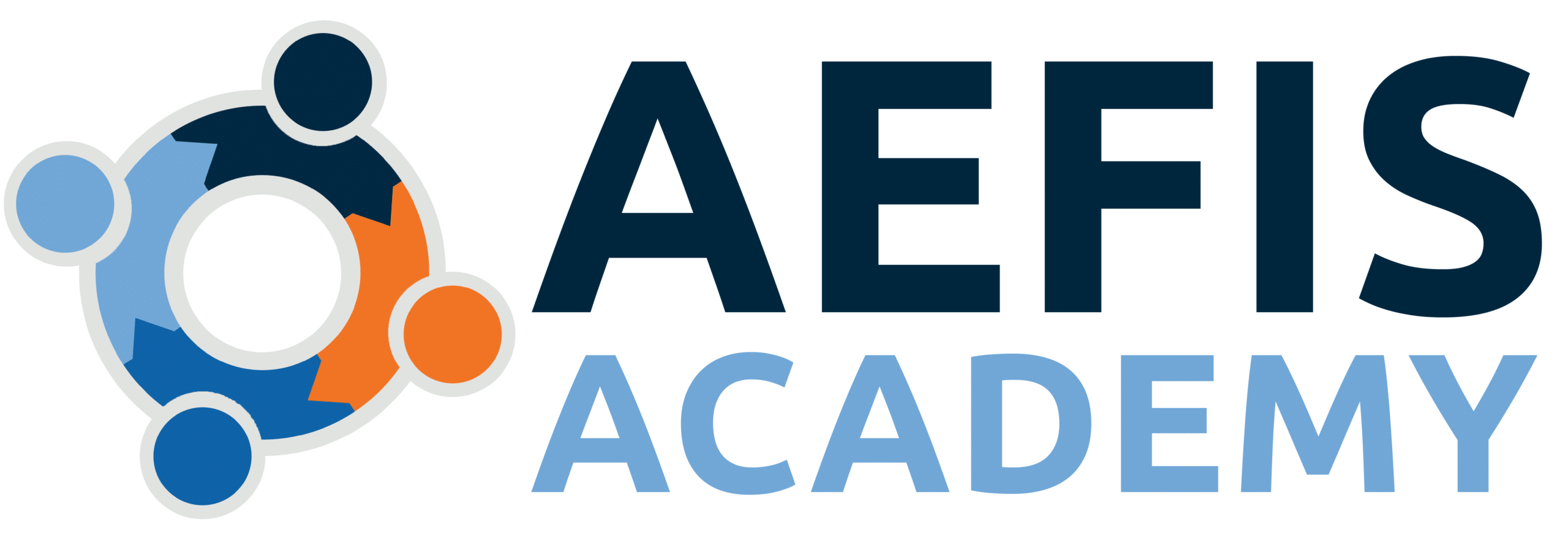


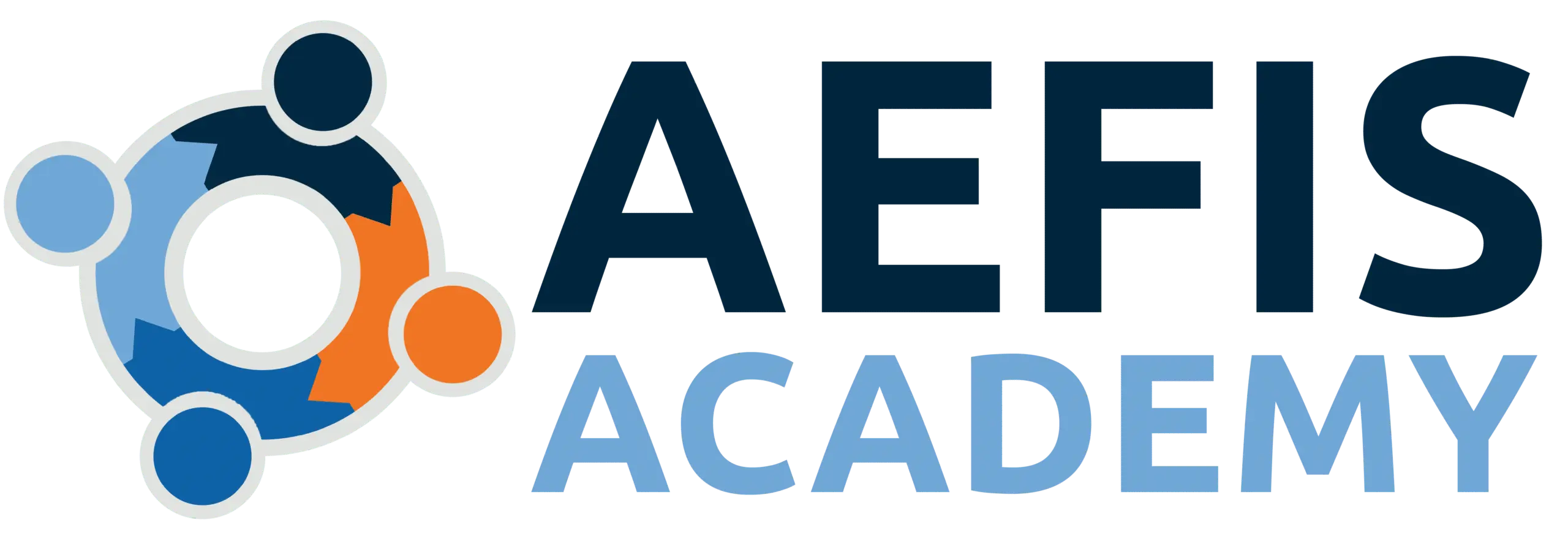
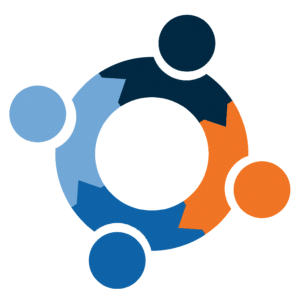
Discussion